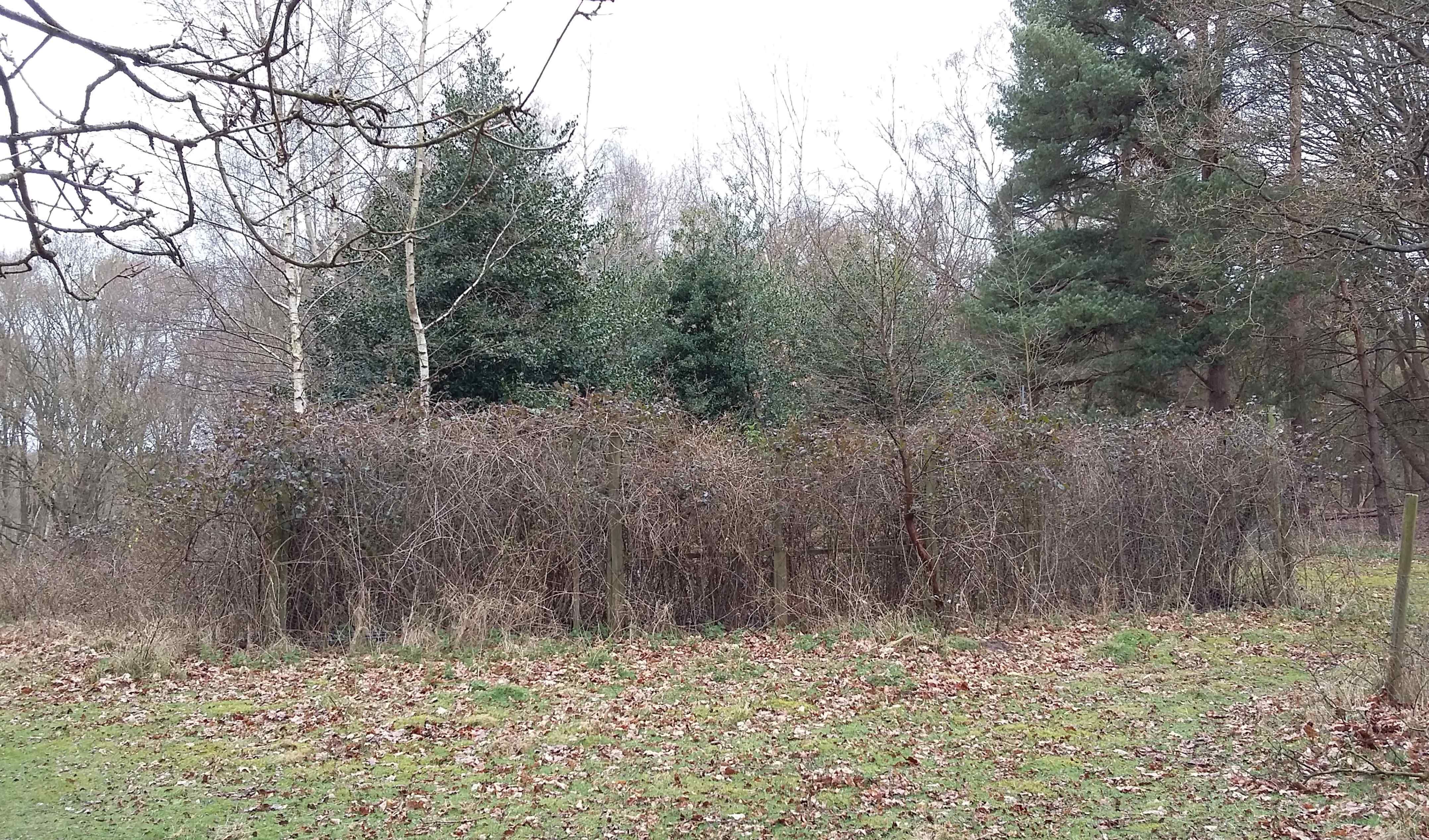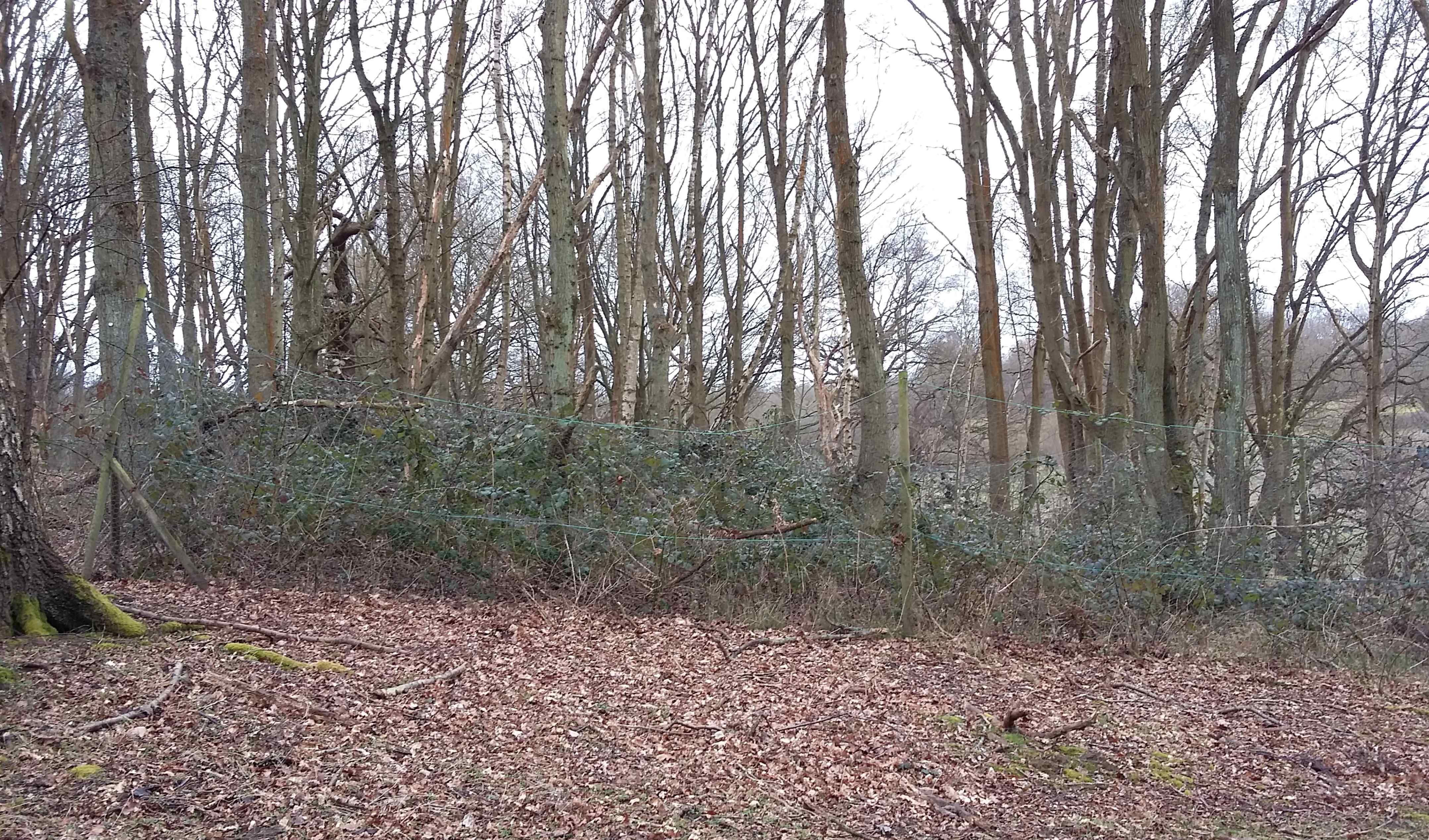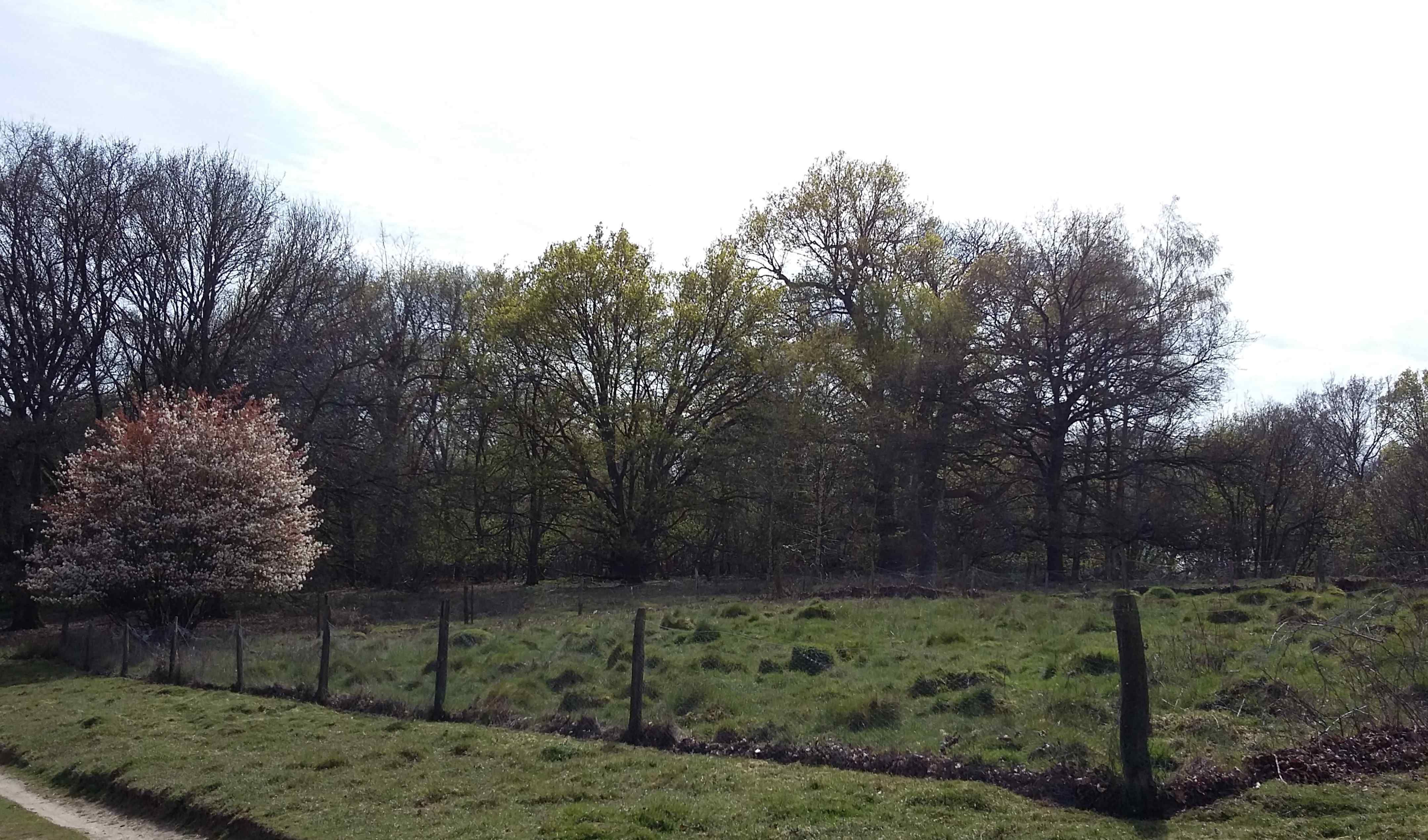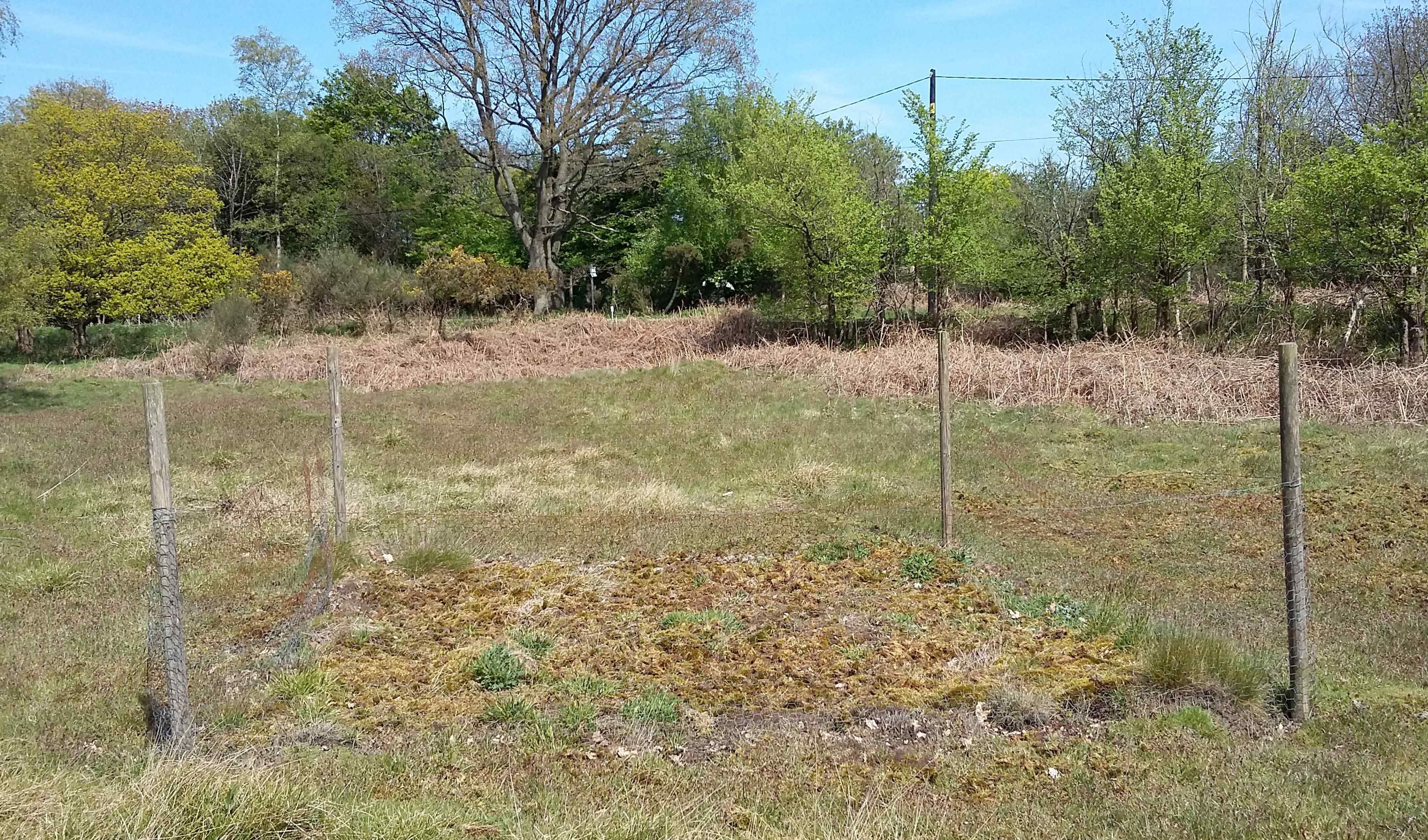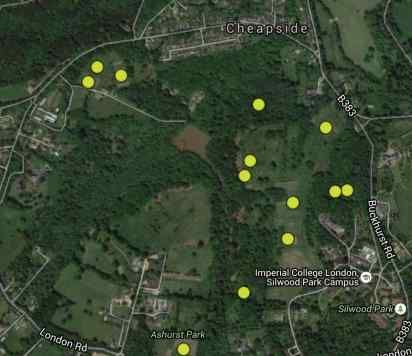The intense and selective grazing by European rabbits (Oryctolagus cuniculus) at Silwood Park grounds has a major impact on the landscape, plant community, and evolution of plant antiherbivore defence traits. With an exceptionally high population since the 1970's, this herbivore prevents the succession of grasslands into forest and shape the structure and species composition of grasslands vegetation.
A set of rabbit exclosures that range in size from 16 to 800 m2 were established across Silwood Park between 1965 and 2009 to study the long-term effects of rabbits and preserving plant species and habitats that have become rare under their influence.
This experiment was created by Professor Mick Crawley and has been maintained with the support of the Department of Life Sciences at Imperial College London.
Rabbit exclosures google map
Detail information rabbit excosures
Rabbit exclosures were established across Silwood Park between 1965 and 2009. By 2016 only a fraction are in optimal condition and maintain the enclosed area rabbit or deer-free. Find here detailed information for all exclosures.
Plots protected from rabbit grazing are surrounded by a 1 m high fence constructed of hexagonal wire mesh (31 mm x 1.0 mm) buried 5 cm deep, with the bottom 15 cm of wire turned outwards. Some plots are also protected from deer herbivory. They are encolosed with a 1.5 m high square wire mesh (200 mm x 1.0 mm).
Data of percent aerial plant cover, plant diversity, and other measures has been collected periodically from a subset of exclosures.
Find here the metadata file for this experiment and data available.
Scherber C, Crawley MJ, Porembski S (2003) The effects of herbivory and competition on the invasive alien plant Senecio inaequidens (Asteraceae). Diversity and Distributions 9: 415-426
Crawley MJ (2005) Silwood Park and its history. In: Crawley MJ, ed. The Flora of Berkshire. Harpenden, Hertfordshire, UK: Brambleby Books, 215–253.
Del-Val E, Crawley MJ (2005) What limits herb biomass in grasslands: competition or herbivory? Oecologia 142: 202–211
Olofsson J, De Mazancourt C, Crawley MJ (2008) Spatial heterogeneity and plant species richness at different spatial scales under rabbit grazing. Oecologia 156: 825–834.
Allan E, Van Ruijven J, Crawley MJ (2010) Foliar fungal pathogens and grassland biodiversity. Ecology 91: 2572–2582
Turley NE, Odell WC, Schaefer H, Everwand G, Crawley MJ, Johnson MTJ (2013) Contemporary evolution of plant growth rate following experimental removal of herbivores. The American Naturalist 181: S21–34.
Didiano TJ, Turley NE, Everwand G, Schaefer H, Crawley MJ, Johnson MTJ (2014) Experimental test of plant defence evolution in four species using long-term rabbit exclosures. Journal of Ecology 102: 584–594.
Santangelo JS, Turley NE, Johnson MTJ (2015) Fungal endophytes of Festuca rubra increase in frequency following long-term exclusion of rabbits. Botany 93: 233–241.
Related Links
